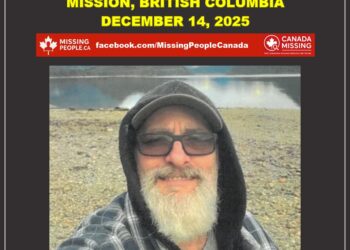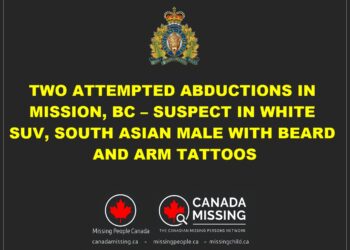Canada’s Highway of Tears
“Highway of Tears” a documentary film by director Matthew Smiley was released in 2015 to critical acclaim. The film was focused on the ill-treatment of the indigenous first nations people by the Royal Canadian Mounted Police (RCMP), the impact of high unemployment, and the numerous unsolved murders along Highway 16 in Canada’s British Columbia. The road is 720km long and runs from Prince George to Prince Rupert.
Background the murders around Highway 16
Since 1969, an estimated 40 women have gone missing or have been found murdered somewhere along Highway 16 and its huge surrounding forests.
Over half of these women have belonged to Aboriginal First Nation communities. Across Canada since the 1960s, nearly 600 Aboriginal women have been reported as missing or victims of homicide. It is, therefore, no wonder that Highway 16 has been colloquially renamed the “Highway of Tears”.
The story goes way back in Canada with the poor treatment of the indigenous population by the authorities, just like in Australia or the USA.
150 years ago residential schools were set up in Canada with mandatory attendance for all 7-15-year-olds. Around 80,000 children were forcibly removed from families, homes, and communities to assimilate aboriginal youth into mainstream “Canadian Culture”. Allegedly, they were abused, badly fed, and housed. The kids were allowed no contact with family, nor allowed to practice any part of their culture.
In 2008 there was finally an official apology from the Canadian government, but arguably many years too late. A real blight on Canada and its administrators.
The interesting thing is the residential homes and the Highway of Tears are linked. The RCMP were the people who took children away and were the truant officers when kids ran away. So there is an intrinsic mistrust by the first nations of the police, with fear of retaliation.
Many people from poor communities in British Columbia don’t have vehicles and have relied on hitchhiking as essential services like hospitals are located far away. Many people in the communities turn to alcohol, drugs, stealing, gambling and violence as a distraction. This puts people at risk and also means the mainstream Canadian media has been historically hostile.






